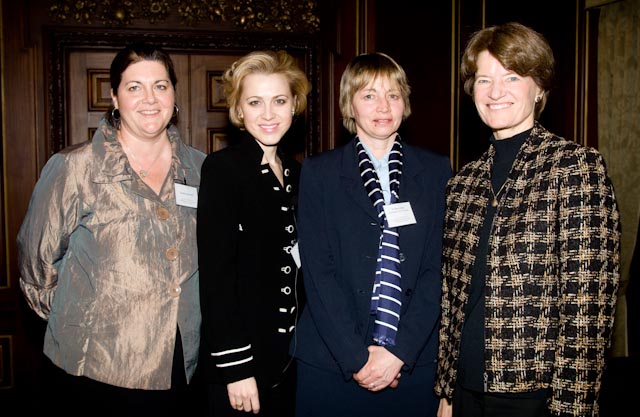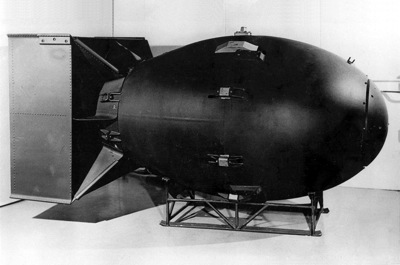Today is a huge day for physics. As of this afternoon, the Large Hadron Collider (LHC), the world's biggest and most powerful physics experiment, is finally up and running. It's been 16 years and over 10 billion dollars in the making.
Although the LHC was slated to go online in 2008, an explosion in its 17-mile tunnel brought the machine to a grinding halt. Even now, it's only operating at half power (full-power won't come until 2013), but it's already setting records. Eventually, the LHC will smash protons together at forces that simulate the first trillionth of a second after the big bang, which will offer physicists a new window into the formation of the universe.
In 2007, I had the opportunity to visit the LHC when it still under construction. It was a mind-boggling experience. More than 300 feet under a Geneva suburb is what looks like an endless tunnel stretching for miles, broken in a few spots by cathedral-sized caverns packed with sensitive detectors to measure the collisions of sub-atomic particles. All in all, it felt like visiting the Death Star.
To give you a "behind the scenes" look. I've posted a few photos from my trip below.


(above, left) the security entrance to the
ATLAS detector at the
LHC. This is at the bottom of a 300-foot elevator shaft--and although its name suggests it's there to keep people out, it's really to help keep track of who's already inside. Because if there's a liquid helium leak in the tunnels, you'll look like the guy on the sign (right) in no time.. As my guide reminded me,
ALWAYS carry your emergency breathing equipment.


The underground tunnels of the LHC stretch for 17 miles--a distance which physicists and technicians often travel by bike (left). The white tube sections to the right side of both images house the LHC's beam pipes, where protons are suspended in a magnetic field and pushed to 99% the speed of light before being smashed together in huge detector chambers.


The Compact Muon Solenoid (CMS) detector under construction. This complex device will sense collisions between subatomic particles called Muons. The metal staircase to the left of the image (top left) gives a sense of scale. Likewise, take a closer look at the shot to the right, and you'll see two technicians surveying the underground chamber that the CMS detector sits in.
For an in-depth look at the LHC and its role in the physics community, check out the web features we produced for NOVA scienceNOW back in 2007. You can listen to expert audio, view video clips of the segment, and get more info on this amazing machine.

























Recent Comments